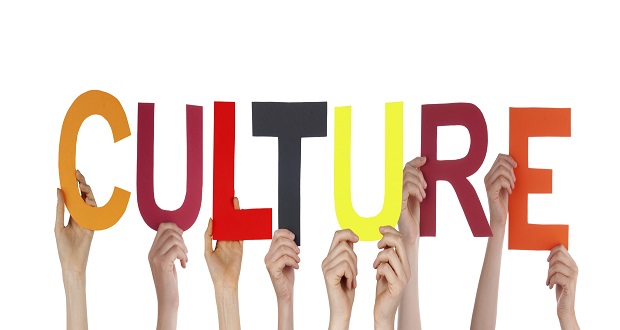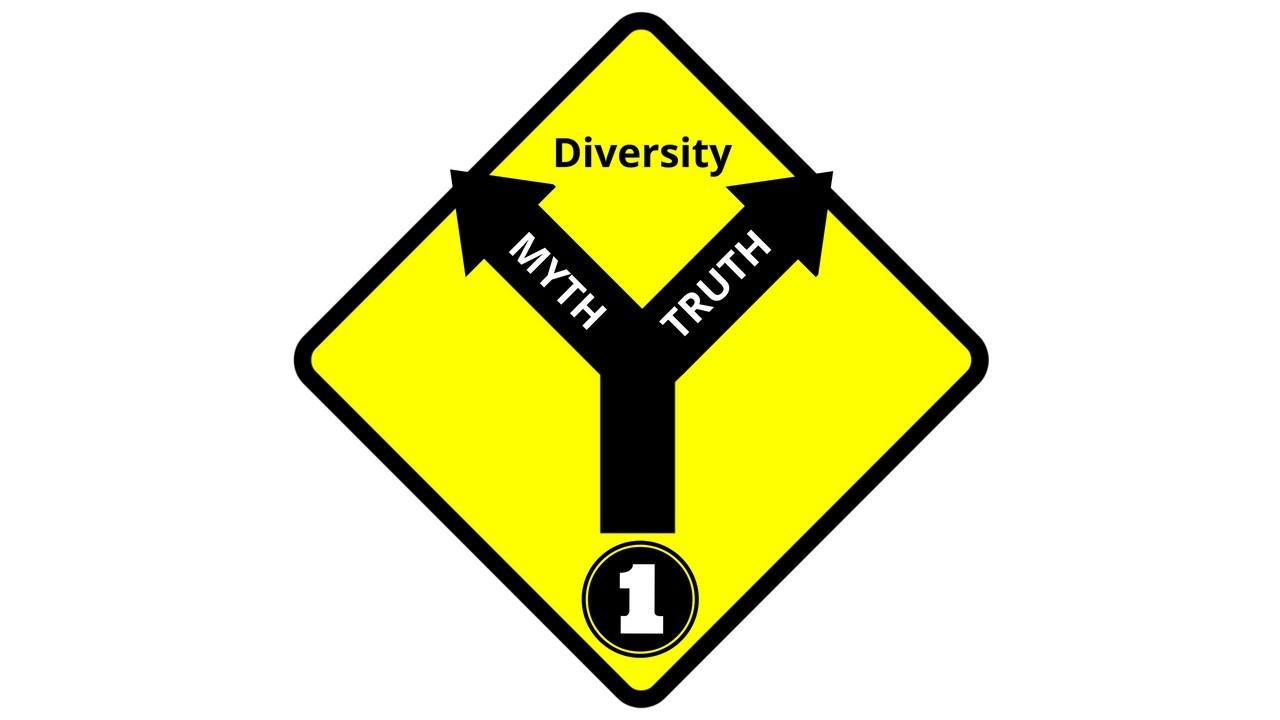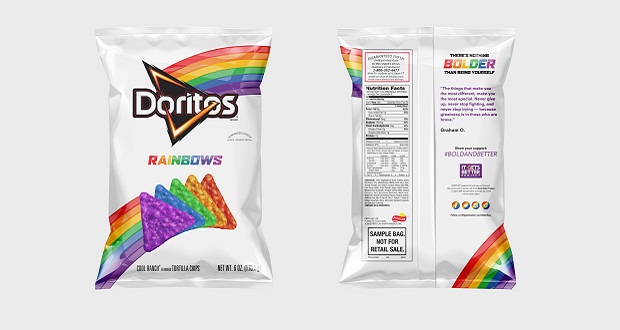
I have been reading and watching a lot of Grant McCracken lately. I can’t remember exactly how I discovered him (I follow lots of internet rabbit holes), but I’m glad I did. He is a cultural anthropologist who speaks and writes on the relationship between culture and commerce. His ideas span the spectrum from innovation, strategy, marketing, branding, diversity, and leadership. His most recent book argues for why corporations need a new player in the C-suite—the Chief Culture Officer (I haven’t read it yet, but it’s on its way). If I’m way behind the curve on McCracken, please bare with me. I want to share why I think his ideas are particularly relevant for those of us involved in the work of diversity and inclusion.
For one, culture is the stuff that diversity and inclusion practitioners trudge through daily. It is the water in which we all swim. When we deal with generations, race, gender, religion, sexuality and all other inequalities, we are doing it all under the umbrella of culture. This is not new to any of us. But the importance of culture in our work has still not reached a unanimous place of authority in the industry, at least not in comparison to more individualized approaches to inequalities in organizations. When someone with McCracken’s influence makes culture his soapbox, diversity and inclusion professionals should be the first to bend our ears.
Emphasizing the centrality of culture also opens up new avenues of influence for diversity and inclusion practitioners. In a 2012 talk to a group of marketing professionals, McCracken illustrates how the world of marketing has experienced a seismic shift in the way messages are communicated to potential consumers. The “mass marketing” approach of shouting a single message to as many people as possible has now been turned on its head. A more conversational style of branding, where corporation and consumer are on more equal footing, has replaced it. As McCracken argues, consumers are now more critical, intelligent, and demanding than ever before. Marketers must now take seriously the desires and motivations of the people who will hear their message.
This shift in marketing has meant lots of things. One important difference now in branding is that corporations must align their products to the intimate desires of their clients and customers. And this means that the social concerns of consumers now matter deeply. Which is why we have seen a relatively recent rise in issues of diversity finding their place in all kinds of commercials and advertisements. A few examples in particular stand out: Pantene’s commercial highlighting the negative stereotypes of women in leadership and Cheerios “controversial” (still not sure why) commercial starring an interracial family. The former an explicit counter to damaging stereotypes and the latter an attempt at representing a rapidly growing demographic. Both are examples of the new conversational style of marketing that roots a message into the cultural world of consumers. When these social issues find their way into a marketing message, it is the voice of the consumer “talking back” to the creators that be.
In this new community of message makers, receivers, and co-creators, the voices of diversity and inclusion folk are vital. Diversity leaders can help guide these conversations to more accurately address the current trends of culture, and thereby create more engaging messages that take the whole consumer seriously. Last year, Pepsi pulled a Mountain Dew commercial that has been labeled the “most racist commercial ever” (I hate to even link it). Their attempt to create a message that was edgy and culturally relevant was obviously not guided or informed by someone with much cultural competence.
Although this example is extreme, it illustrates why diversity and inclusion practitioners should be included in conversations they may normally be excluded from. If there was someone at the table who was trained in cultural stereotypes and in tune with current cultural trends, things for Pepsi could have been much different. I hope that the momentum that McCracken and others have created around culture continues. And that diversity and inclusion practitioners are caught in its wake so that new roles and influence are opened and more inclusive organizations, and their messages, are created. This is the new community of commerce we should fight for.


















